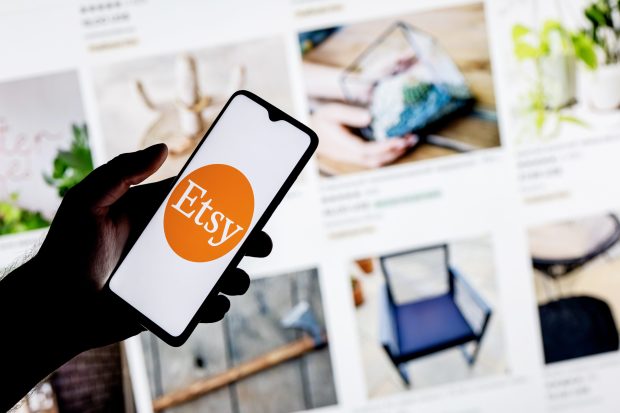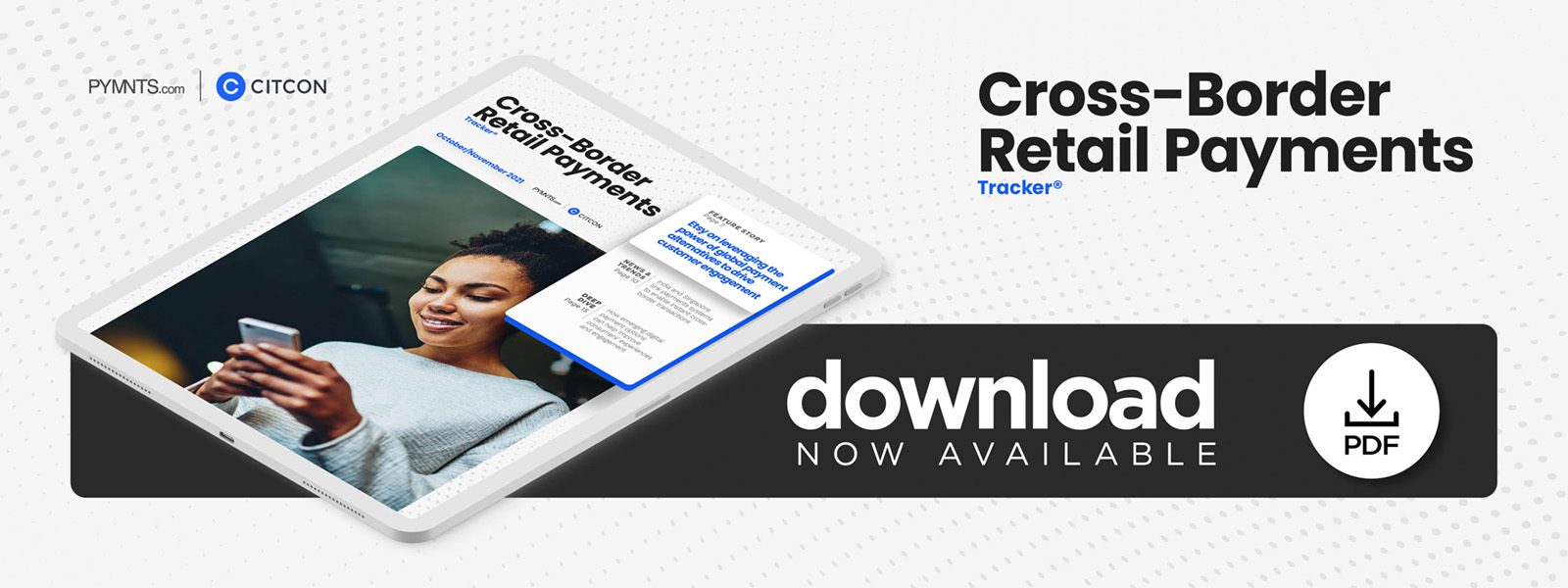Etsy on Leveraging the Power of Global Payment Alternatives to Drive Customer Engagement

Shop global, pay local. In the latest Cross-Border Retail Payments Tracker, Morgan Blake, vice president of Payments at Etsy, explains how providing locally relevant payment methods simplifies checkout and drives conversion.
The pandemic has driven significant increases in consumers’ use of online marketplaces, whether they use them to shop for everyday supplies, shoes and clothing or books and art.
Global eCommerce marketplace Etsy is an online platform on which creative entrepreneurs can sell their unique wares, and it has been around since well before the health crisis began. During the pandemic, it welcomed new sellers when small businesses had to close their brick-and-mortar shops or restrict their hours.
“We witnessed firsthand how the pandemic accelerated consumers’ shift toward eCommerce, and many shoppers discovered — or rediscovered — Etsy,” said Morgan Blake, vice president of Payments at Etsy. “Additionally, many small businesses found an online home on Etsy as their physical locations closed, leveraging our technology to connect to millions of buyers around the world.”
The marketplace, which sells handmade and vintage items and crafts, has not always been the global eCommerce powerhouse it is today. The company had humble beginnings, founded in 2005 by a group of artisan friends looking for a way to sell their goods online. Etsy went public in 2015, increasing its focus on sales growth and global reach. The marketplace currently connects 2.8 million small businesses with buyers around the world.
Like any global eCommerce marketplace, Etsy faces the challenge of meeting consumers’ high expectations for smoother online experiences and, as such, continues to improve its shopping and cross-border payments capabilities. PYMNTS spoke with Blake in an interview about how providing more flexible and secure checkout experiences and a wide variety of digital payment options is critical for marketplaces that want to provide sellers and buyers with seamless experiences and establish themselves as trusted brands.
Meeting the Challenges of Cross-Border Payments Head On
As a global eCommerce marketplace with buyers and sellers around the world, Etsy must address the challenges of supporting cross-border payments. The company has aimed to offer localized payments experiences that meet its sellers’ and shoppers’ varied payment needs and is continually working to enhance its cross-border payments offering. It recently expanded the global reach of Etsy Payments, a payments platform that supports multiple payment options, including Klarna’s buy now, pay later (BNPL) service.
“As shoppers are increasingly turning to eCommerce, Etsy Payments allows sellers to offer more payment options while protecting their shops and streamlining their finances,” Blake said. “Our goal is to enable seamless and safe shopping experiences so our sellers can focus on what they do best — creating and selling the unique items that buyers love.”
Blake said Etsy Payments is now available in seven additional markets — Israel, Malaysia, Mexico, Morocco, South Africa, Turkey and the Philippines — allowing Etsy sellers around the world to offer their customers various payment options via safe and secure checkout experiences. Etsy also expanded Klarna’s availability to include Germany, Spain, the U.K. and the U.S., enabling buyers to pay for items over time through installments.
“From a seller’s perspective, our expansion of Etsy Payments into new markets enables more sellers around the world to offer multiple payment options to their buyers,” he said. “From a buyer’s perspective, a variety of locally relevant payment methods are available, including iDEAL in the Netherlands, SOFORT in Austria and Germany [and] Klarna invoicing in Germany.”
The Benefits of Digital Payments Innovation
Etsy has seen the use of digital wallets as a payment option evolve on its platform since the pandemic began, and this method has helped simplify the checkout experience and drive conversion. Customers can pay securely with Apple Pay, Google Pay and PayPal as well as with Etsy gift cards and all major credit cards.
“On the customer side, digital wallets offer two things: ease of use and enhanced security,” Blake said. “With pre-filled customer information, digital wallets allow customers to make purchases in a matter of a few clicks while having the confidence that their information is being handled safely and securely.”
Speed and security also are beneficial from a conversion standpoint, Blake added.
“A more simplified checkout experience saves customers the trouble of locating their physical wallets and manually inputting their payment information, both of which can lead to postponed checkouts and abandoned carts,” he said.
Advanced technologies, such as artificial intelligence (AI) and machine learning (ML), also are part of Etsy’s arsenal for enabling frictionless payments across the marketplace while also further engaging customers with more personalized and secure payments experiences.
“As with other segments of the consumer’s online shopping journey, AI and machine learning tools are critical to the product innovation component of our payment experience,” he said. “They allow us to make data-informed iterations to our point-of-sales process, measure the results and continue to make adjustments accordingly to build a better checkout experience. We’re making it a priority to use AI to optimize our user experiences as much as possible, from offering buyers recommendations to preventing fraudulent actors from entering our platform.”
Blake said he also expects that consumers’ shopping preferences and habits will continue to evolve and that digital payments innovations will play a big part in this evolution.
“Buyers will continue to expect a frictionless checkout process, but we know that each buyer follows their own shopping journey,” he said. “So, we want to ensure that we home in on offering desired payment methods while also using AI to determine the best possible user experience.”

